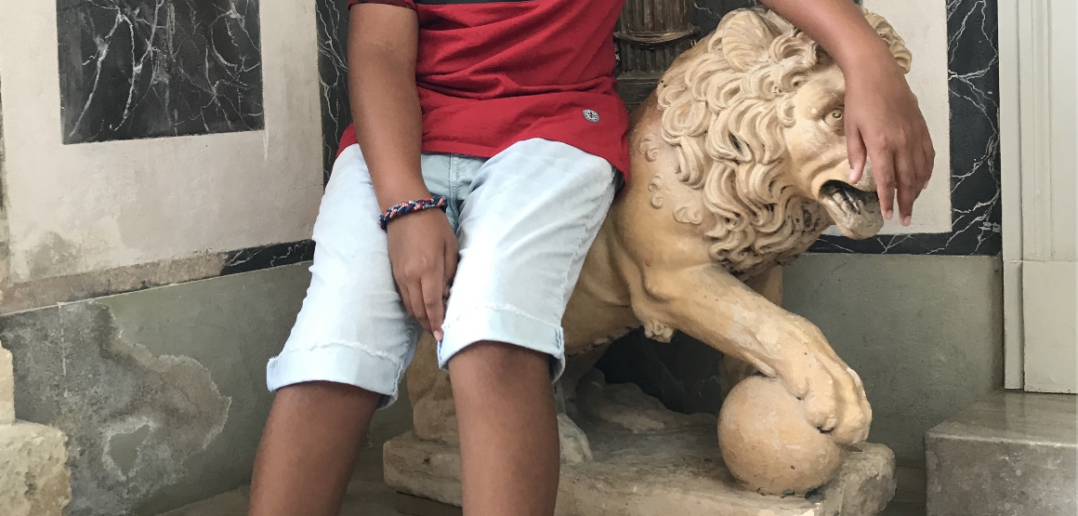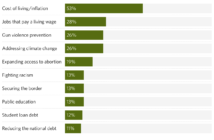By Katelyn O’Callaghan ’25
Staff Writer
Trending on Twitter and TikTok, pseudo friendships have recently captured social media attention. Instances of celebrity stalking and unhealthy obsessions have spotlighted the conversation. Many are pushing back against this narrative.
Parasocial relationships are one-sided relationships humans form with fictional characters in books and TV shows, celebrities, and social media personalities. The term was first coined in the 1950s by psychologists Donald Horton and Richard Wohl, but in-depth research of the topic began in the ’80s.
Its popularity remained stagnant throughout the decades until recently, when social media users colloquialized the term and grew fascinated by the subject. With its rise in popularity, many are debating if parasocial relationships are healthy or creating toxic obsessions and discouraging socializing.
Elizabeth Perse, professor emeritus of communication at the University of Delaware, has been studying parasocial relationships since 1985. Her early research studied parasocial relationships through the lens of uses and gratification, the theory that people use media to satisfy needs.
“The assumptions and hypothesis were that people who had needs and deficiencies in their own lives would be more likely to form these parasocial relationships,” Perse says. “Over the course of my research career, I began to believe that it wasn’t people who had deficiencies in their lives, but it is a normal human relationship that people have. We are social creatures.”
According to Perse, parasocial relationships can be beneficial for socialization.
“It’s sort of anticipatory socialization. One can form these parasocial relationships and sort of put themselves in these roles that they might not be in real life, but anticipate that they might be in,” Perse adds.
Gabe Thomas ’25, a first-year student at Lake Forest College, developed a parasocial relationship with Kanye West after listening to his music in 2015. Since then, Thomas has dedicated numerous hours to downloading Kanye’s unreleased music and creating song mixes. Currently, he has 170 songs downloaded to his laptop. His parasocial relationship expanded beyond music and bled into fashion as well. He believes that his parasocial relationship with Kanye has been beneficial for his social life.
“Kayne’s music helps me be more extroverted. I would say Kanye West is a person who is very well known for taking risks and being outside the box,” Thomas says. “He always puts himself out there, and it’s allowed me to allow myself to be a little bit more vulnerable as a person, I would say.”
During the pandemic, the positive aspects of parasocial relationships were intensified. Researcher Carol Laurent Jarzyna has studied parasocial relationships for 20 years. In November 2020, Jarzyna’s research article “Parasocial Interaction, the COVID-19 Quarantine, and Digital Age Media” was published in the Journal of Public Health And Emergency. She found that the pandemic significantly increased screen time which boosted parasocial relationships.
“Parasocial relationships can fill a void where that deficit is internally or externally imposed,” Jarzyna says.
During the pandemic, Thomas spent most of his time listening to Kanye’s music.
“I would say his music helped me feel less alone in the sense that it reminded me a lot of being around people and as a result made me happy,” Thomas says.
While parasocial relationships are normal and beneficial in filling social deficits, they can set unrealistic expectations and breed negativity when taken to an extreme degree.
“One of the things that psychologists have looked at for the ill effects of parasocial relationships has been the idea that if we are parasocializing a lot, it might give us unrealistic expectations for our real relationships,” Jarzyna said.
Thomas experienced obsessive and negative behavior due to his parasocial relationship. For example, in ninth grade, Thomas saved up $7,000 reselling shoes and after finding a pair of signed Yeezy Boost 350, he placed a bid for $6,700.
“The regular shoes themselves already cost a thousand dollars, but that Sharpie ink boosted that price. For me, it was like although I wouldn’t even put the shoes on my feet, just knowing that Kayne had literally touched it somehow meant so much to me that I was willing to put that money down,” Thomas says.
His parasocial relationship with Kanye also led him to emulate Kanye’s hairstyles and fashion choices. Going into his freshman year of high school, Thomas dyed his hair blonde to emulate Kanye’s hairstyle. Additionally, he almost spent $470 on a perm.
“Just the thought of actually looking like Kanye and being Kanye was like ‘yo, I want this. I want this so badly,’” Thomas says.
Both Perse and Jarzyna advocate seeking help when a parasocial treads into unhealthy territory such as celebrity stalking and other obsessive behaviors.
“I would advise cutting down on social media or TV, trying to improve your real social relationships, so you’re not as reliant on your parasocial friends, and maybe starting to wean yourself off of it,” Jarzyna notes.
Although parasocial relationships are painted negatively by social media users and the media, researchers claim it is a normal phenomenon that occurs in most individuals.
“If it was such a negative thing, parasocial interaction, do you think that the advertisers and the media companies would do so much to try and foster it? Do they only want to advertise their products to socially and emotionally deficient people that don’t go out anywhere or have friends?” Perse asks.


